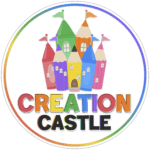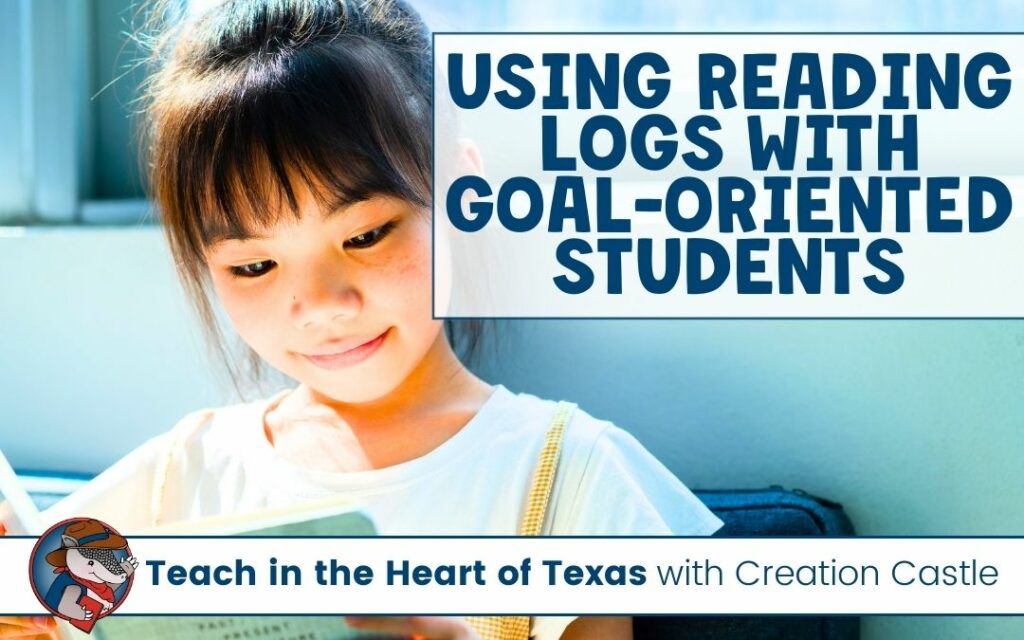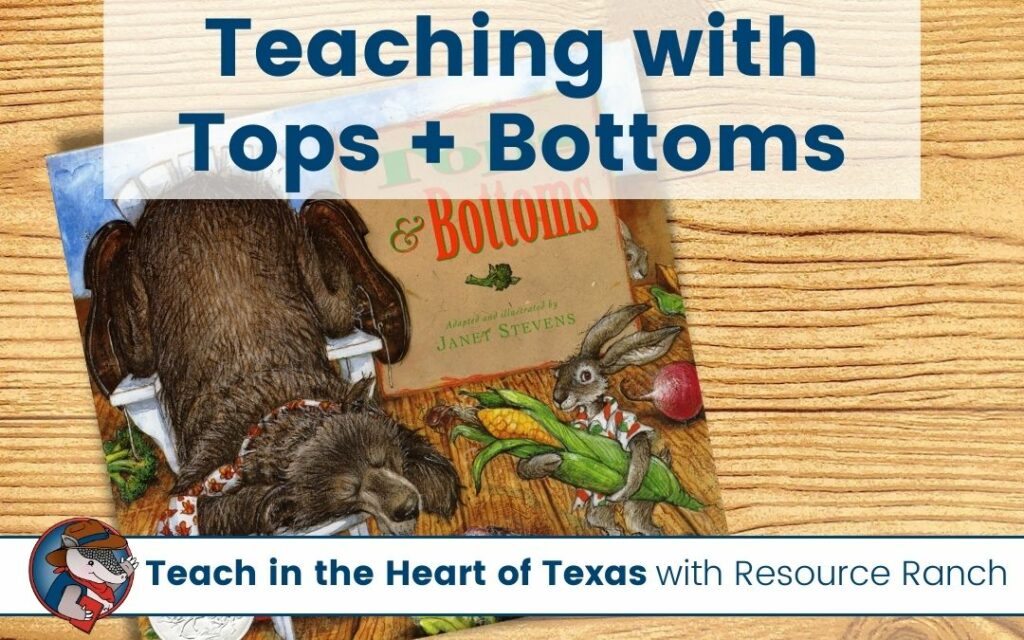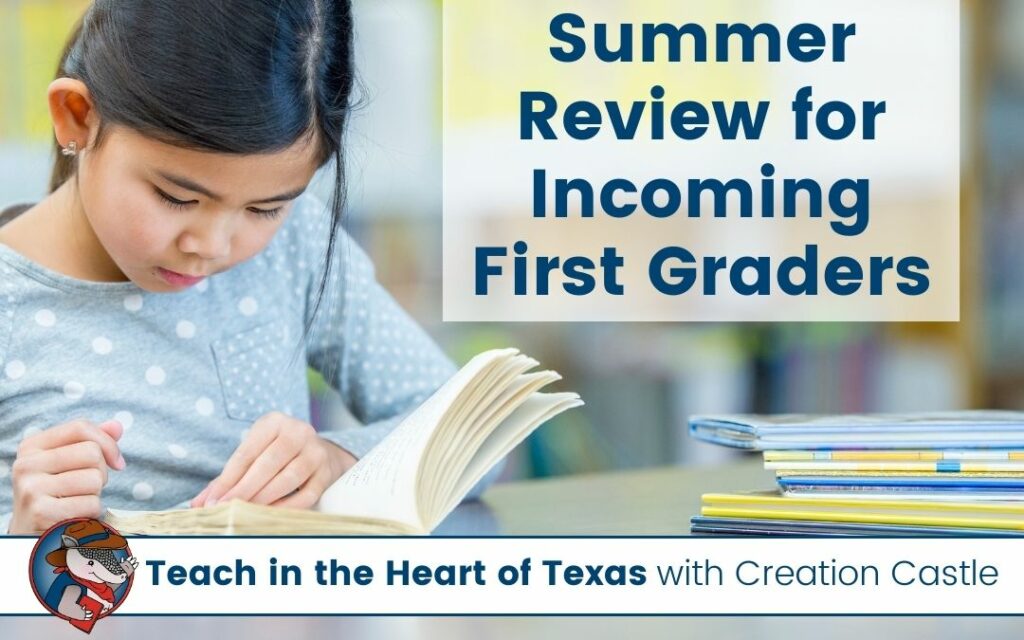Daily spiral review is a highly effective method of reinforcing previously learned skills in students. When students practice skills repeatedly, they build automaticity and confidence in their abilities. Spiral review can be implemented in many ways, but one of the most popular approaches is through math journals.
But before we jump into implementation, let’s do a quick look at the concept of daily spiral review.
What is spiraled review?
Spiraled review is a method of giving students repeated practice with skills that you have already taught them. This opportunity allows students to build automaticity and confidence in their skills.
What is the difference between spiral review and spiral teaching?

The difference between a spiral review and spiral teaching can be confusing. While spiral teaching revisits topics from year to year and gradually builds on them, spiral review focuses on concepts learned within the current academic year.
You will find that most state standards and big-box curriculum rely on a spiral approach to teaching. With this approach, students are introduced to the same topics repeatedly in various grades. Each time the topic is revisited it becomes slightly more complex.
For example, when looking at the math TEKS for kindergarten, first grade, and second grade, we see a clear progression. If students are learning about U.S. coins in kindergarten, first grade, and second grade, the skills build on each other each year.
Kindergarten – K.4 The student is expected to identify U.S. coins by name, including pennies, nickels, dimes, and quarters.
First Grade – 1.4 A The student is expected to identify U.S. coins, including pennies, nickels, dimes, and quarters, by value and describe the relationships among them.
Second Grade – 2.5 A The student is expected to determine the value of a collection of coins up to one dollar.
In this example, we see that students are working with coins in all three grade levels, but they are expected to interact with them more over time.
While spiral teaching reviews and builds on concepts from year to year, the spiral review focuses on concepts learned within the academic year.
When should you implement daily spiral review?

Implementing spiral review is relatively easy, and math journals are a convenient tool for this purpose. This provides a quick and easy way for students to freshen up their skills on a particular concept without taking too much time away from what you need to teach now. The prompts can be tailored to meet the specific needs of your class or student, making daily spiral review a highly individualized learning experience.
If you’re on the hunt for a great set of monthly journals, check out my kindergarten math journals or first grade math journals.
One of the advantages of spiral review is that it helps students retain information for longer periods. By reinforcing previously learned skills, students are more likely to remember them and apply them in new contexts. This can be particularly helpful for students who struggle with certain concepts or need extra practice to master them.
Spiral review is not just limited to math; it can be applied to other subject areas as well. By incorporating daily spiral review into their teaching practices, you can help your students build their confidence.
Spiral review can be a great method for increasing student confidence and success in various skills. You’ll find that it can be implemented in many ways, but math journals are a particularly convenient and effective tool. By providing students with math journals, teachers can help them review and strengthen their skills in a quick and easy way. Spiral review is a powerful tool that can help students achieve academic success and build their self-esteem.

Creation Castle
Heather is the author of Creation Castle. She has experience with general education, special education, and ESL students in kindergarten through fifth grade. She specializes in early elementary math and literacy, as well as organization.






